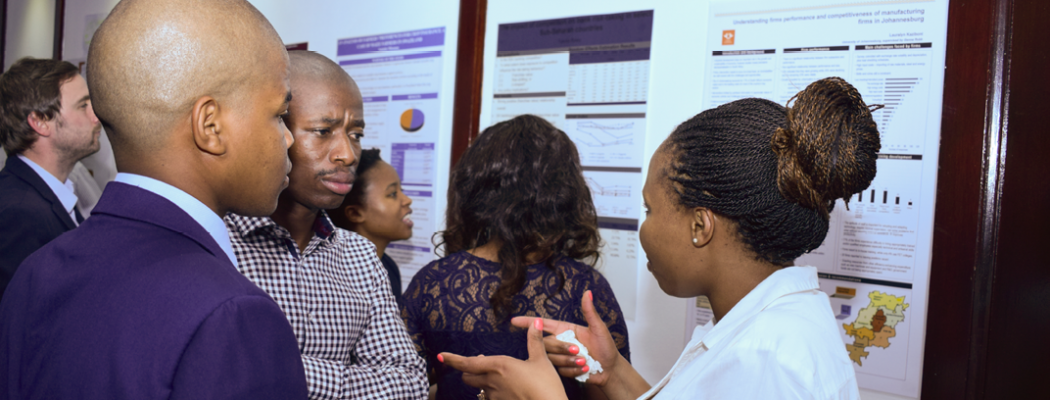Determinants of commercial orientation and the level of market participation by women maize farmers in Eswatini — A case study of the Highveld region
Abstract
Eswatini’s agricultural and industrial sectors have over the years undergone an evolution as a result of wage employment. This has altered the gender division of agricultural labour. Where previously the nature of farming was gender-specific, women are now the de facto farm managers. On the one hand, this has resulted in an increased workload and greater economic hardship among women. On the other hand, it has provided an opportunity for women to improve household income and the standard of of living through commercialization. This paper uses primary data collected from 191 farmers in 6 communities in the Highveld region. The Heckman two-stage procedure is used to identify factors influencing commercialization. The results show that age, education, household and farm size, household assets (including land, livestock, communication devices, and transport assets), social capital, price, nonfarm income, savings, and credit have an impact on market participation. Therefore, policies geared towards improving extension, financial services, rural infrastructure, and market prices could increase the market participation of women.

